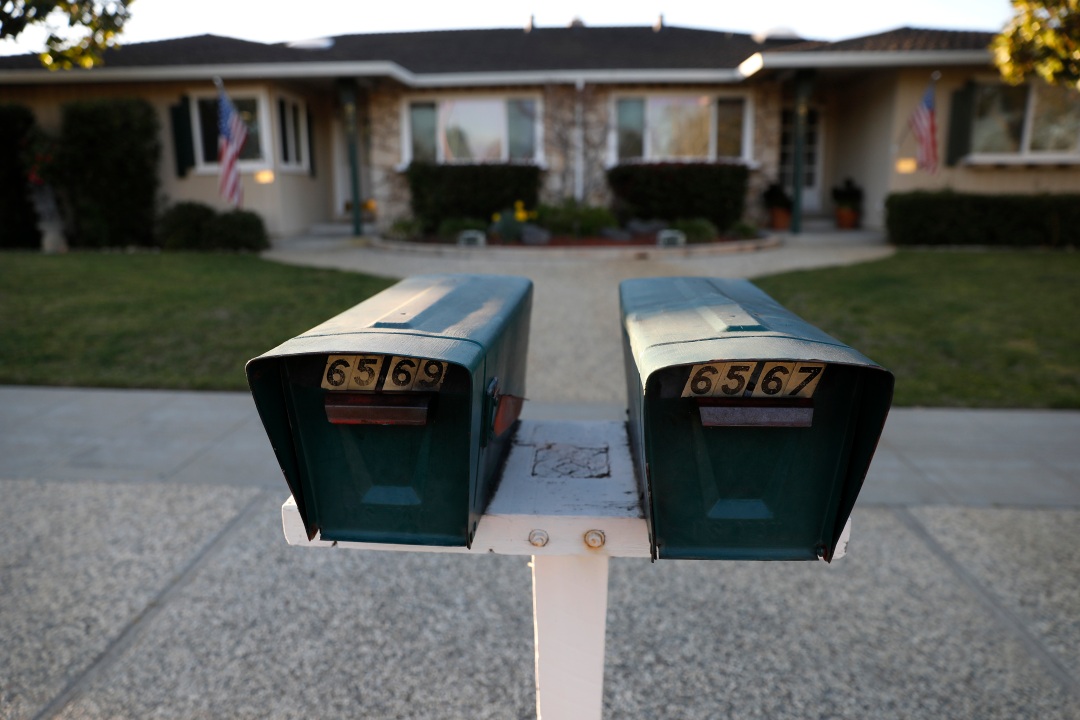Mathew Reed, Director of Policy for SV@Home, explains how SB 9 can help meet the need for middle-income families who earn too much for traditional affordable housing but not enough to afford a single-family home in San Jose. “It is an opportunity to expand the range of price points in different neighborhoods and different parts of the city.” San Jose’s historic neighborhoods are filled with examples of duplex, triplex, and fourplex homes, built before these home types were made illegal by widespread single-family zoning. SV@Home, part of the San Jose Neighborhoods for All Coalition, has been a strong advocate for opening all neighborhoods across the city to duplex homes, which are more affordable by design than single family houses.
BY: Maggie Angst┃San Jose Mercury News
PUBLISHED: December 3, 2021, 5:19 pm
While a growing wave of Californians rally against a new state law that aims to end traditional single-family zoning in most neighborhoods, San Jose is considering expanding the law’s reach even into historic districts to fight its housing crisis.
Senate Bill 9, which goes into effect Jan. 1, allows property owners to split lots zoned for a single home in half so as many as two housing units can be built on each. The state law doesn’t apply to single-family parcels within a historic district or lots already zoned for duplexes.
In San Jose, however, those lots could be subject to denser requirements if the City Council approves a proposal presented by city planners and endorsed by the Planning Commission.
“We have a shortage of housing units of all kinds,” Planning Commissioner Michael Young said, calling SB 9 “a little piece of the puzzle” for addressing the city’s housing shortage. “We all need to help solve the problem, not just the folks who live downtown or on the east side.”
The city’s proposal would combine SB 9’s provisions with those of a zoning concept it previously considered known as “opportunity housing, which are similar but also would have allowed increased density in historic neighborhoods and areas that allow duplexes.
The Planning Commission voted 8-2 Wednesday to drop the opportunity-housing proposal and focus on executing SB 9 with those caveats. The council will discuss the issue at its Dec. 14 meeting.
If the council goes ahead with that, city planners would spend the next year gathering public feedback to create design standards for projects permitted under SB 9 and determine whether — and under what circumstances — to allow them in historic areas and parts of the city zoned for duplexes.
“We’re not seeing that continuing with both (SB 9 and opportunity housing) would result in significantly more housing,” said Michael Brilliot, deputy director of the city’s planning department. “I think we need to pick our battles or our tough assignments.”
Since cities and counties across California will already be required to approve development proposals that meet specified size and design standards set by SB 9, some residents are urging San Jose leaders to refrain from casting a wider net until they see how it all pans out.
Marni Kamzan, a resident of the Naglee Park neighborhood, told planning commissioners she worries that allowing denser housing in the city’s historic neighborhoods could create “devastating” consequences.
“Both historic and conservation districts are the jewel of our city. Once gone, they can never be replaced,” Kamzan said. “Do not allow yucky design standards that you cannot walk back.”
But Jerad Ferguson, the city’s housing catalyst, said denser housing would be allowed in historic districts only if planners are sure it “would not have a negative impact on the historic resource.” For example, the design standards might allow the owner of a large, Victorian house in a historic district to divide the home into two separate units.
As for applying SB 9 to properties zoned to allow some duplexes, Ferguson said the intent is to establish an even playing field.
SB 9 only applies to residential properties zoned R-1, and San Jose has several thousand single-family residential properties zoned R-2 that would be exempt. R-2 zoning allows duplexes on only a small percentage of properties. If the city does not expand SB 9 to cover R-2 zoned properties, it would create a disparate policy across otherwise very similar residential areas, according to Ferguson.
Council members Dev Davis and Matt Mahan, both running for mayor, have been vocal opponents of SB 9.
Davis recently became one of the first people in the state to sign a petition for a ballot initiative to amend the state constitution to ensure that local land use ordinances supersede state land-use mandates such as SB 9. Davis said Thursday she was concerned about expanding what SB 9 already dictates.
“I feel very strongly that the state cannot continue to take away our neighborhood voices without giving us anything in return,” Davis said. “I think it’s really important to respect our neighborhoods.”
A report by the University of California Berkeley’s Terner Center for Housing Innovation found that it would be financially feasible to develop only about 5.4% of the state’s current single-family lots under SB 9. It estimated that about 40,000 new housing units could be built in Santa Clara County under the state law.
According to a feasibility analysis by San Jose’s planning department, most housing units allowed by eliminating single-family zoning restrictions would be built in the north and west sides of the city, and it’s unlikely they would be considered affordable. To afford units such as fourplexes, duplexes, condos, attached townhouses and single-family houses on a split lot, residents would need to earn more than the county’s area median income of about $124,000.
Although some city planners and planning commissioners said that finding is “disappointing,” housing advocates noted that those types of units are still needed.
“It was never an affordable housing opportunity,” said Mathew Reed of SV @ Home. “It was an opportunity to expand the range of price points in different neighborhoods and different parts of the city.”

